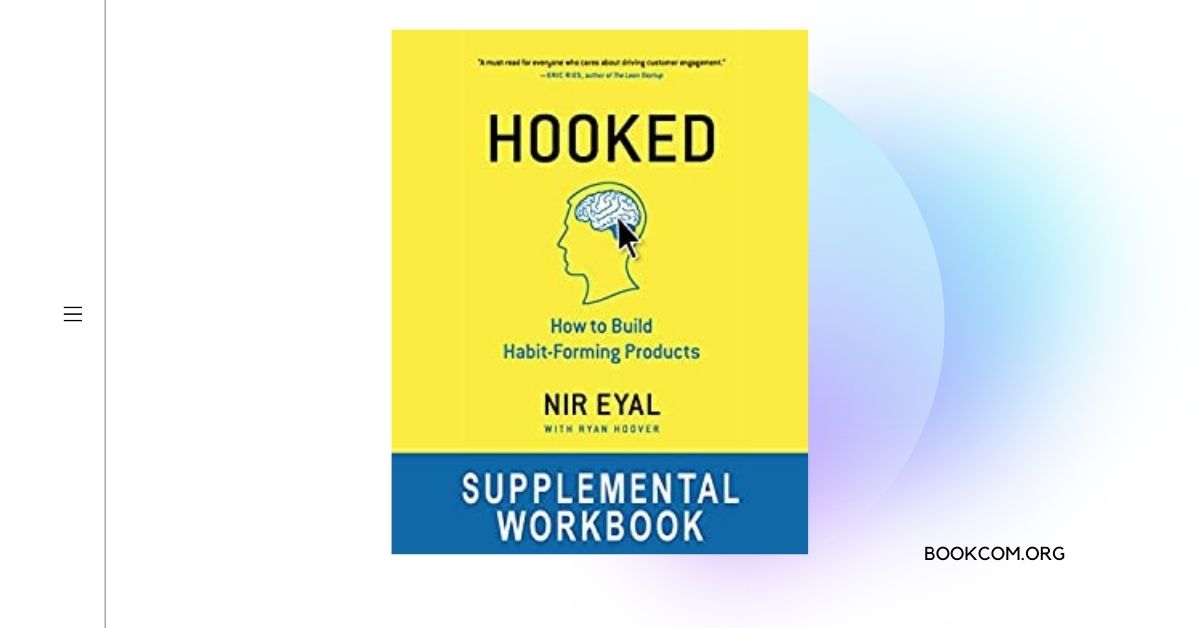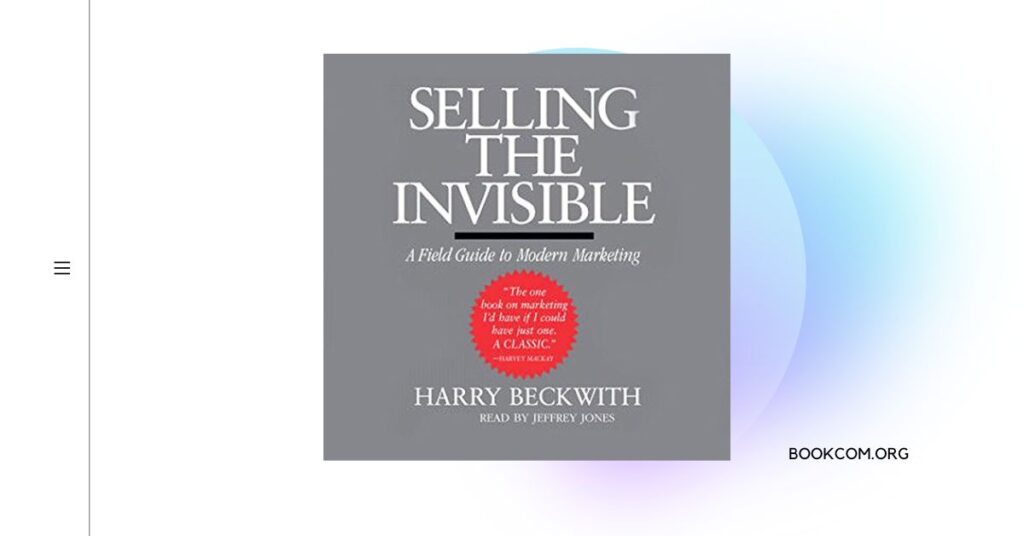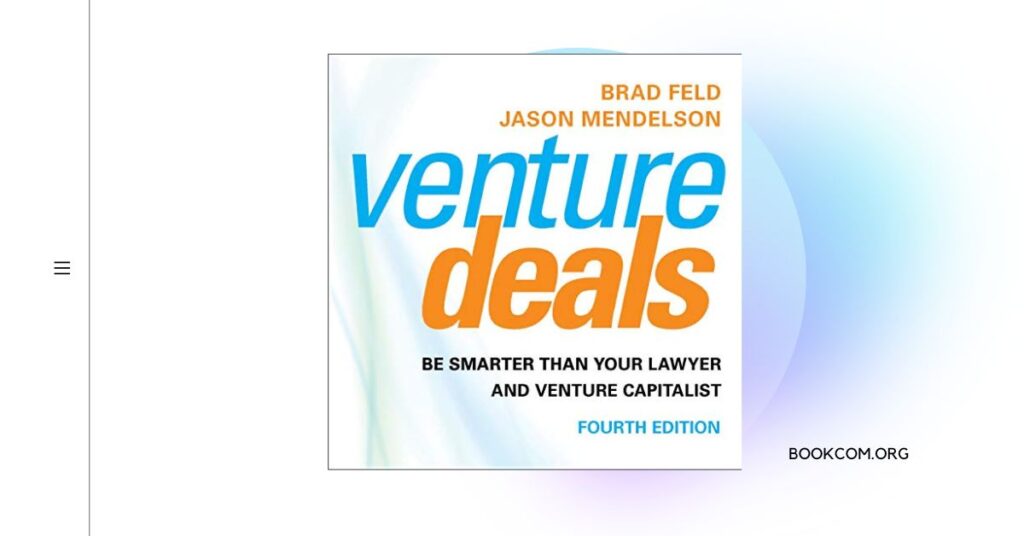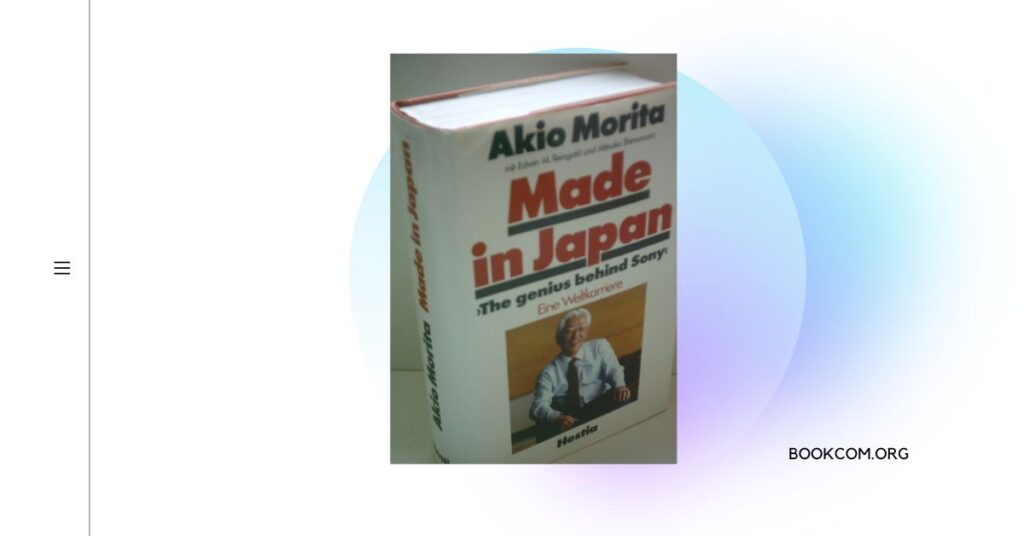“Hooked How to Build Habit-Forming Products” by Nir Eyal is a compelling guide that explores the psychology behind creating products and services that form strong user habits. Eyal presents a four-step framework called the Hook Model, which offers practical techniques for building habit-forming experiences. Through engaging examples, case studies, and actionable insights, this book provides entrepreneurs, product designers, and marketers with valuable strategies to create products that captivate and retain users. In this summary, we will delve into the key themes, notable concepts, and practical takeaways from “Hooked,” illuminating the path to building habit-forming products.
Key Themes
The Hook Model: Eyal introduces the Hook Model, a four-step process designed to create habit-forming experiences. The model consists of Trigger, Action, Variable Reward, and Investment, and it highlights the psychological principles that drive repeated engagement with products or services.
Understanding User Behavior: The book emphasizes the importance of understanding user behavior and the underlying motivations that drive habitual product usage. Eyal explores the psychological triggers and rewards that can influence and sustain user engagement.
Designing for Habit Formation: Eyal provides insights into how to design products that seamlessly integrate into users’ daily routines and become a part of their habits. He emphasizes the significance of simplicity, ease of use, and aligning products with users’ goals and aspirations.
Ethical Considerations: While focusing on habit formation, Eyal also addresses the ethical responsibilities that come with creating habit-forming products. He encourages practitioners to consider the long-term value and well-being of users, fostering positive habits and minimizing potential negative consequences.
Notable Concepts
Triggers: The book explores the role of triggers in sparking user engagement and driving habit formation. Eyal explains the difference between external triggers (such as notifications) and internal triggers (emotional cues), highlighting their impact on user behavior.
Variable Rewards: Eyal discusses the concept of variable rewards, explaining how the anticipation of uncertain rewards can create a strong motivation for repeated product usage. He emphasizes the power of providing users with unpredictable and satisfying experiences.
Investment: The book emphasizes the importance of investment in building user habits. Eyal explains how encouraging users to invest time, effort, or data into a product creates a sense of ownership and increases their commitment to continued usage.
Practical Takeaways
Identify User Triggers: Understand the internal and external triggers that prompt users to engage with your product. Design your product experience to align with users’ existing habits and incorporate triggers that evoke their desired emotions.
Streamline the User Experience: Simplify the user experience and remove any unnecessary barriers or complexities that may hinder habit formation. Make your product intuitive, easy to use, and seamlessly integrated into users’ lives.
Leverage Variable Rewards: Create an environment where users experience variable rewards, keeping them engaged and motivated to return. Use gamification elements, personalized experiences, and surprise rewards to maintain interest and excitement.
Also reads:
Book Review: “Hooked: How to Build Habit-Forming Products” by Nir Eyal
For more information about the book, you can visit:



